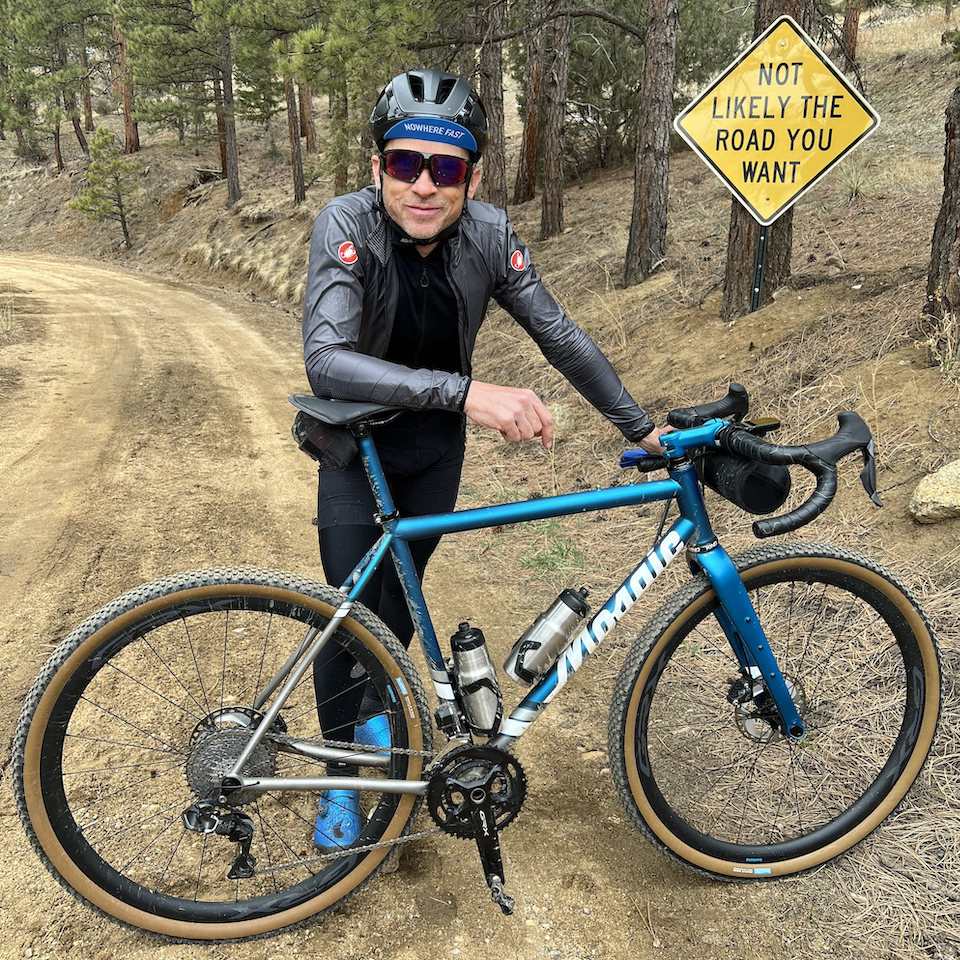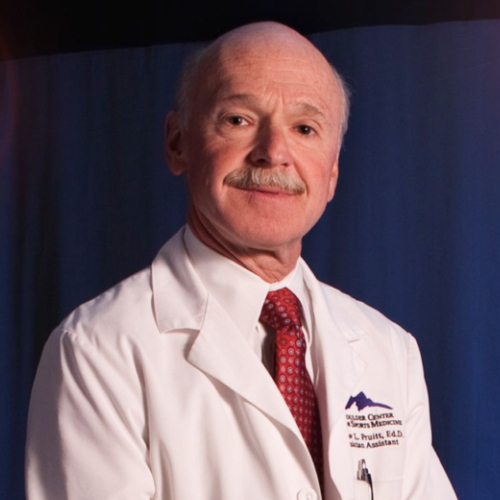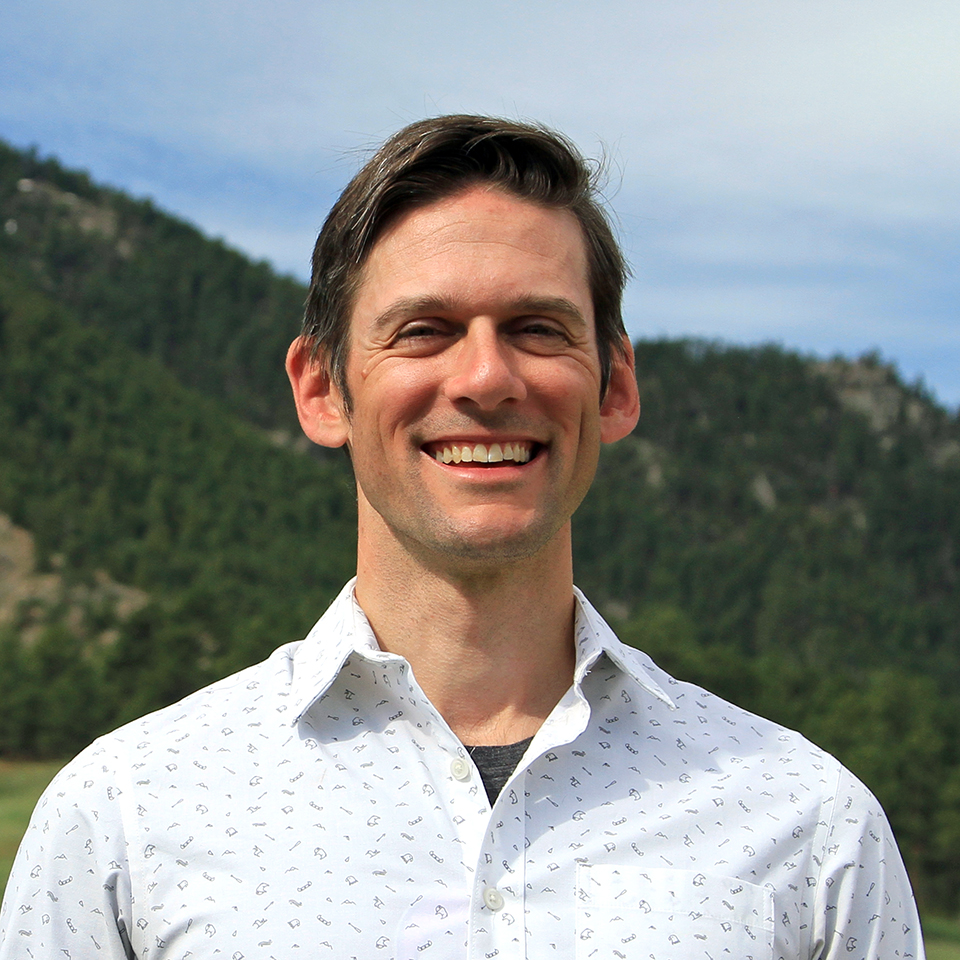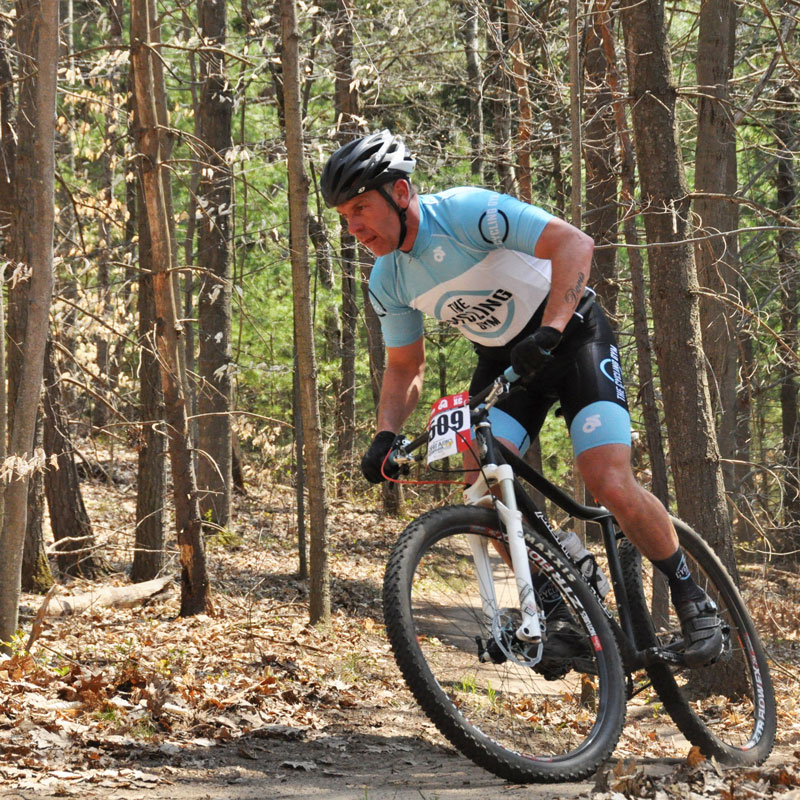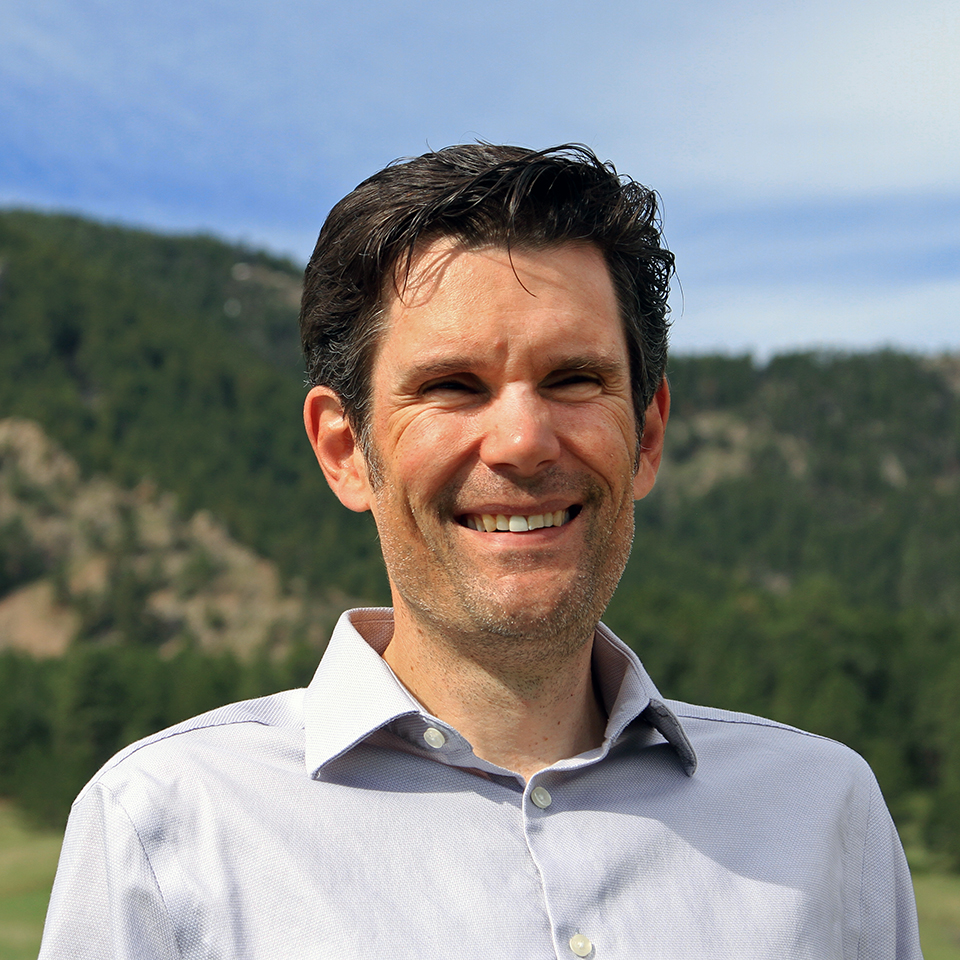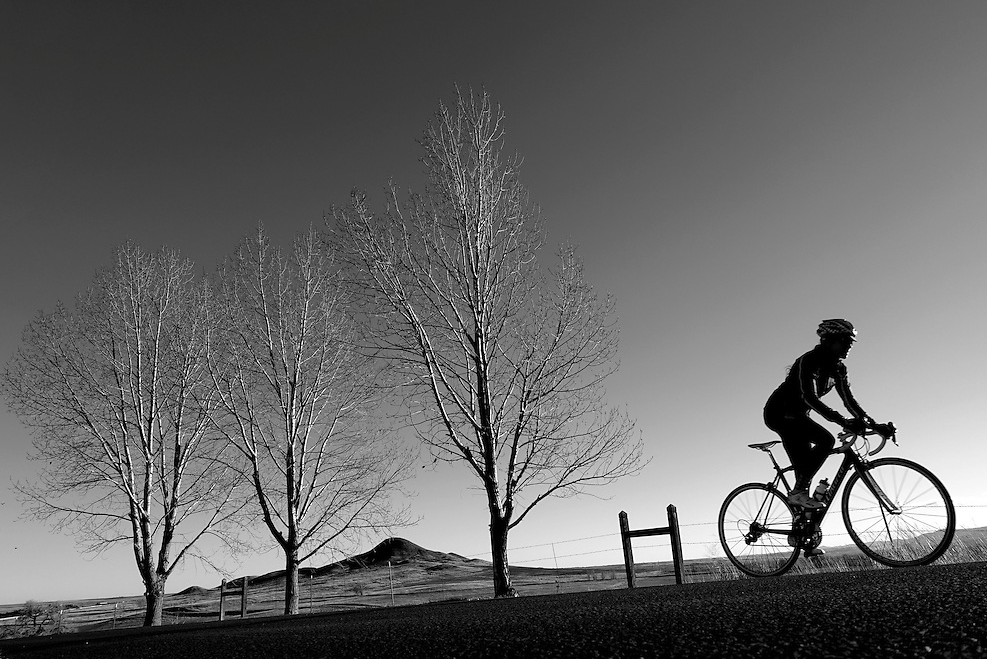
 Cycling Base Training Pathway
Cycling Base Training Pathway
Experts in this Pathway
What You’ll Learn
Next season is all about that base.
Base training isn’t just about putting in endless hours of slow rides or runs. In this Pathway, we highlight the key components of base training as well as the strength and conditioning work that should be included in your base build. We also discuss how to analyze your base rides so you can take control of your progress.
In this Pathway, our team of experts, including Trevor Connor, Ryan Kohler, and Dr. Andy Pruitt, as well as some of the world’s most prominent researchers and coaches, including Dr. Stephen Seiler and Joe Friel, explain how to effectively plan your base season, monitor your efforts, and track your gains so you progress to the next phase of training with a strong aerobic engine.
Building blocks for success
In this critical article, Trevor Connor dissects an influential graph shared with him by his mentor, Glenn Swan. With a quick glance, the graph might appear overly simplistic. However, the concepts contained in this simple illustration have far-reaching implications for your performance as an athlete.
This graphical representation between training stress and performance level will help you to build your base, plan your season, map out your race block, and make the best of your off-season so you can make progress season after season. Click below to read this article.
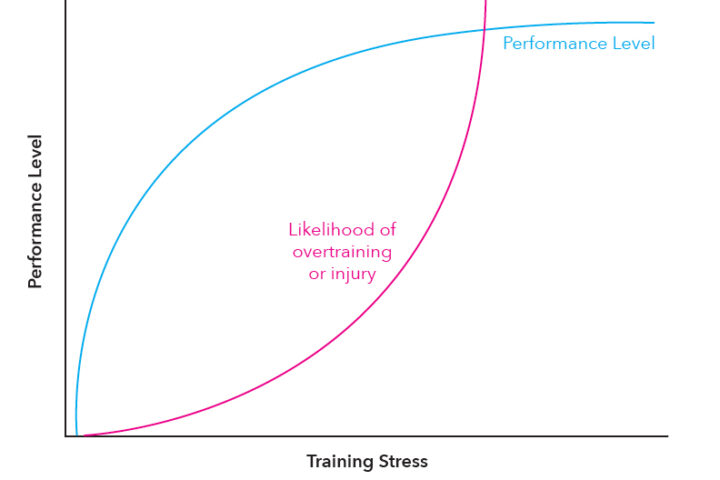
The Relationship Between Performance Level and Training Stress
It’s all about that base
Are you chasing the “fast” riders up every hill on your winter group rides, gasping for air at the top of each climb? Let’s change your mindset. Taking that approach in the base season will get you fast for a couple weeks, but you’ll have nothing left when the real season rolls around. Learn how to use heart rate to guide your efforts, arrange your training days to maximize aerobic adaptations, and create the right stress to generate key central adaptations. Click below to read this article.
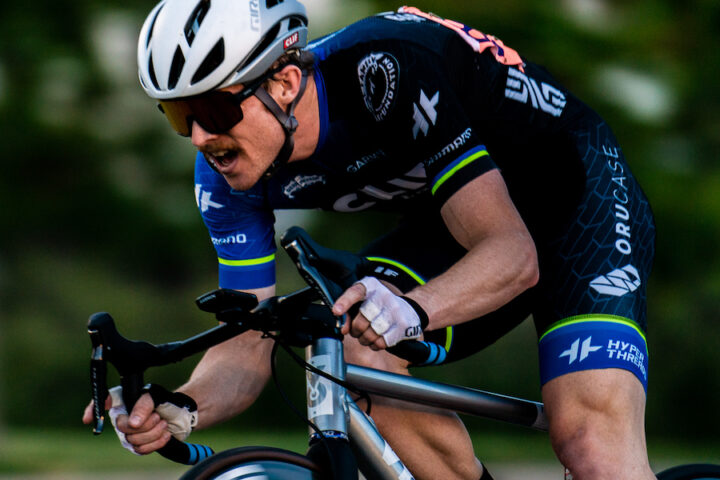
The Science Behind Going Slow to Be Fast
The importance of the long ride
Now that you’re going slower on your base rides, it’s time to dive deeper into the rationale for these long, steady miles. Learn about the adaptations you can only get from long rides, from muscle-fiber changes to improvements in metabolism. After reading this article, you will be able to execute the optimal long ride, and structure the base season for your lifestyle and athletic needs. Click below to read this article.
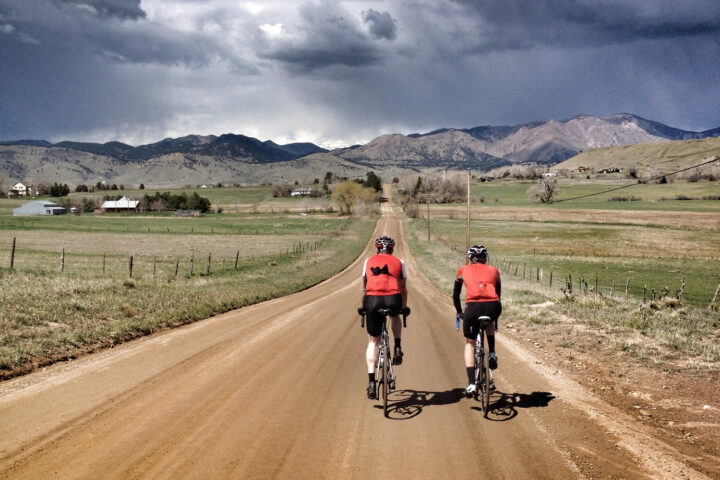
The Importance of the Long Ride
Focus on the 95%
Many athletes obsess about very specific topics: fasted training, supplements, recovery modalities, and so forth. In this episode of Fast Talk, we take a step back to discuss what we feel is most important and, frankly, what is going to give you the biggest return for your investment of time, sweat, and energy. If those specific things are the 5 percent—the proverbial marginal gains—we make the argument for focusing on the 95 percent, which are the fundamental training principles that bring the most bang for your buck. Click below to listen to this podcast.
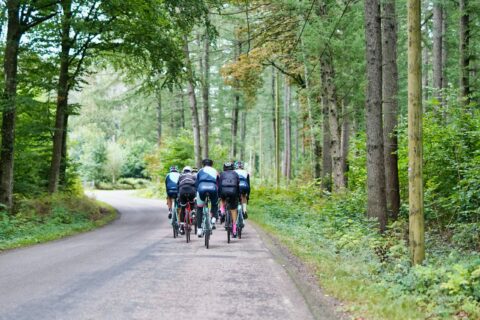
Forget Marginal Gains and Focus on the Fundamentals
Base Season Planning
How to plan your base season
Now that you understand the importance of base training, it’s time to plan your season to reap the rewards of a solid foundation. In this workshop, Coaches Trevor Connor and Ryan Kohler discuss the nuances of planning the base season, including everything from the appropriate intensity distribution to the expected time it should take to produce gains from both aerobic and anaerobic work, and much more. Click below to watch this workshop.
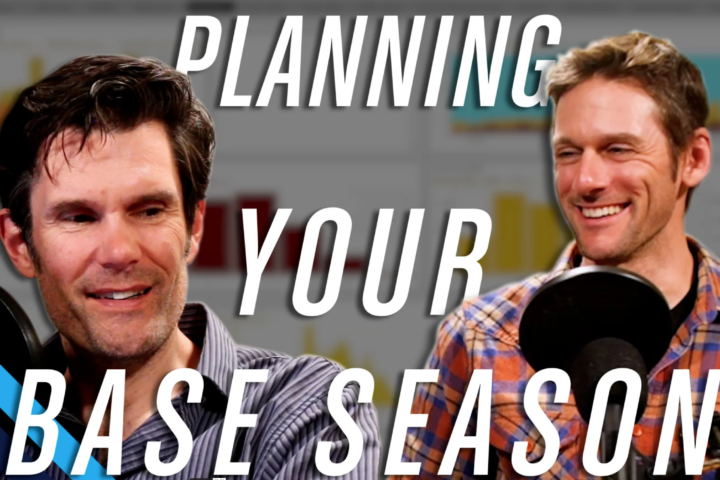
How to Plan Your Base Season
Preparing the body for training
We’ll say it again: The winter months aren’t for going fast, but for preparing the body for the real training to come in spring. There is nothing you can do in November or December to make you a superstar in May, but there is a lot you can do to make sure you’re burned out or injured by then.
With the help of Dr. Andy Pruitt, Coach Trevor Connor walks you through how to structure your winter preparation so you get to spring prepared to use that big foundation you’ve built. He highlights why this is a great time for strength training, how bike fitting fits nicely in November or December, and much more. Click below to read this article.
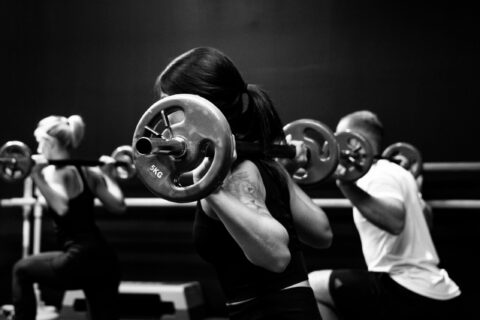
Winter Preparation for Spring Training
There are only three rides you should do
In this episode of Fast Talk, we aim to see the forest for the trees. We’re joined by some of the biggest names in sport science—Dr. Iñigo San Millan, Dr. Stephen Seiler, Joe Friel, and Dr. John Hawley, to name a few.
The scientific merit of the expert guidance in this Pathway will be discussed during this podcast episode. You will learn about a simple physiology-based zone system and why it’s important; how to execute your long ride and why there are no shortcuts; the difference between types of high-intensity workouts; and one of the most difficult rides to do—the recovery ride. Click below to listen to this podcast.
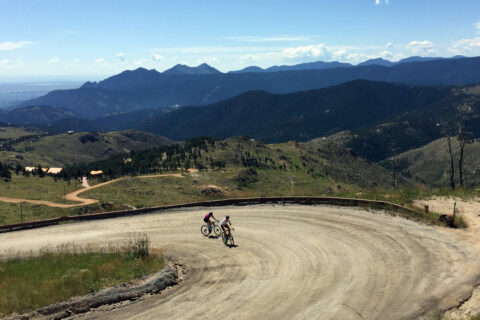
The Big Picture—The Three Types of Rides You Should Do
Long. Slow. Distance.
In this workshop, Coaches Trevor Connor and Ryan Kohler analyze ride data from one of Trevor’s LSD (long, slow distance) rides in order to explain the correct execution of one of these fundamental rides. In addition, they sift through WKO5 data in order to define “aerobic threshold” and what it represents. Click below to watch this workshop.
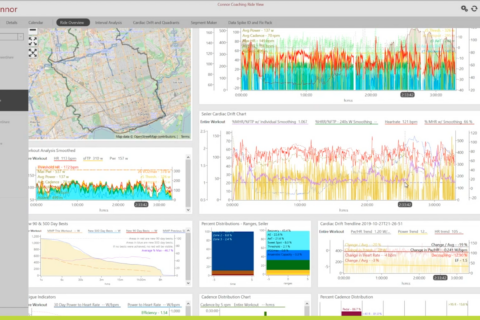
What Exactly Is a Long Slow Distance Ride?
How to do a LSD ride
Can you take the LSD ride too far by setting your goal wattage and riding exactly at that prescribed range? Coaches Trevor Conner and Ryan Kohler analyze a ride by one of Trevor’s athletes to answer this question. Click below to watch this workshop.
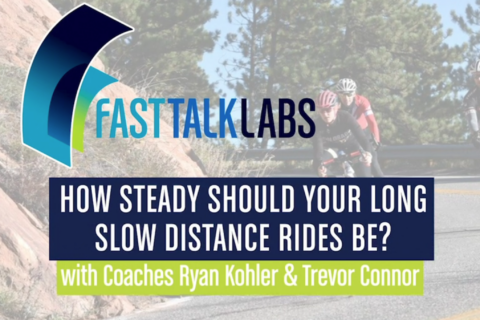
How Steady Should Your Long Slow Distance (LSD) Rides Be?
Can you go too long and too slow?
Now that you understand the purpose of the LSD ride, how to execute it, and how to analyze your ride, we learn from Dr. Stephen Seiler how to determine your ideal intensity and duration for low-intensity workouts. Click below to watch this workshop.
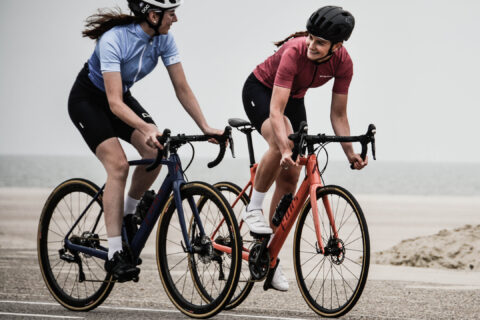
How Long, How Slow? Here’s How to Find Your Ideal Low-Intensity Workout Effort.
LSD on the MTB
If you’re a mountain bike athlete, you understand just how variable the terrain can be on the dirt. This can make it difficult to keep your power steady. So, is it possible to do a base ride on the MTB? Coaches Ryan Kohler and Trevor Connor dive into a variety of ways to accomplish a base ride and suggest specific things you can do on your MTB rides to make them more productive, consistent, and appropriate for the base period. Click below to watch this workshop.
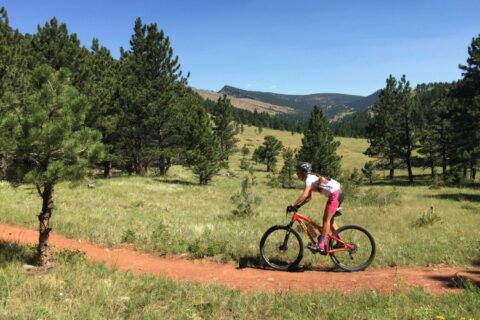
How to Do Base Rides on the MTB
For time-crunched athletes
For many of us, the winter months are the most appropriate time for base training, which typically involves (at least the occasional) long slow base miles. However, when most amateur athletes, especially those with a family, struggle to find 10 hours when it’s cold and dark outside.
This is when it helps to take a closer look at training principles, to learn the most effective ways to take advantage of the limited time we have. Can we substitute volume with intensity? How can we change our schedule and overall plan to make room for training blocks that stress the system? How can indoor cycling help fill some holes?
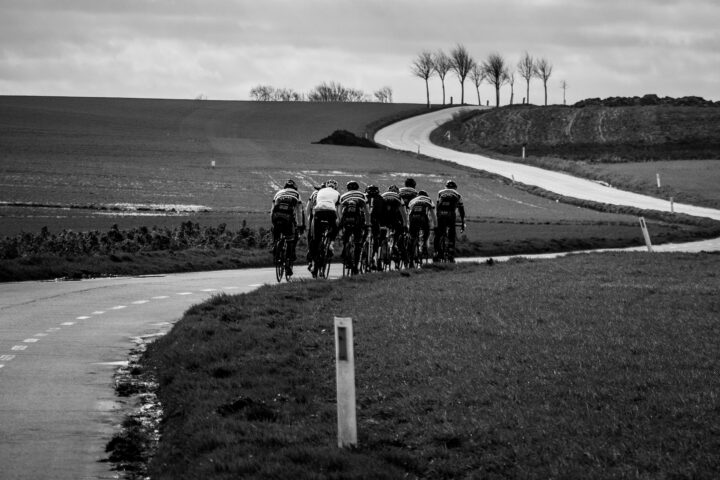
Base Training for Time-Crunched Athletes
More than just riding
Base training has traditionally been all about long, slow rides. But they’re challenging if you live in the northern hemisphere and either hate the cold or lack the necessary equipment to ride safely outdoors when road conditions are perilous and light is limited.
In this Fast Talk episode, we discuss how best to deal with the challenges that plague the northern hemisphere in winter. You’ll learn how it’s the perfect time to find a host of new ways to stay motivated, add variety to your training methods, reinvigorate your work ethic, and, ultimately, set yourself up to improve performance when the racing begins later in the year. Click below to listen to this podcast.
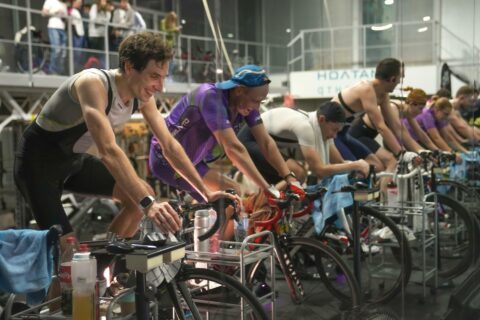
Innovative Approaches to Base Training, with The Cycling Gym
Strength Training
In this next series of podcasts and workshops, you will learn why strength training is beneficial during the base phase. Whether you’re a beginner venturing into the gym for the first time, or a seasoned gym rat, these resources will provide you with the fundamentals: what to do, how to do it, and how many times to lift those hunks of iron.
Finally, you will learn several key movements that can help prevent injury. Before you get too far into the base season, be sure to find a way to incorporate some of these exercises into your routine. Bank some consistency now for a big payout during the season.
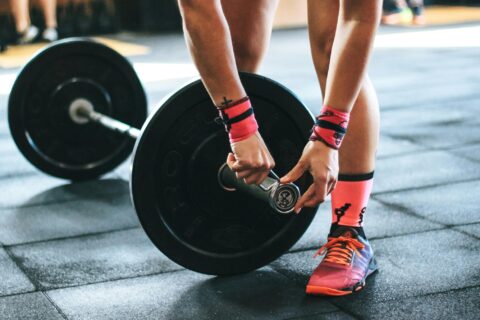
A Cyclist’s Guide to the Weight Room
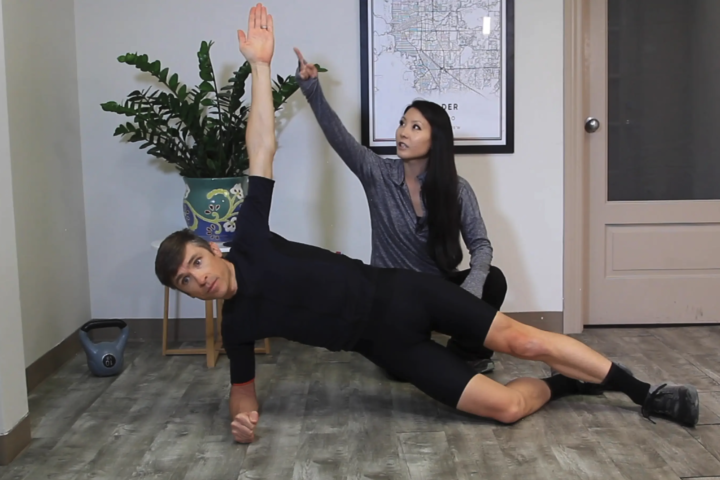
Strength and Conditioning: Core Exercises for Cyclists
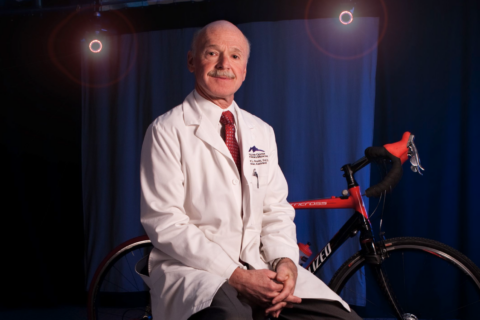
Preventing Cycling’s Most Common Injuries, with Dr. Andy Pruitt
Join the conversation
Do you have additional base training questions that you would like answered by our staff and endurance community? Head over to our Forum and post there to collaborate, find additional answers and insights, and contribute your tips for optimizing base training.
STILL NEED HELP?
Base training is a fundamental component of endurance performance. If you still need help with planning or executing your base training, schedule a free consultation with us and we will help you develop an individualized path forward.
